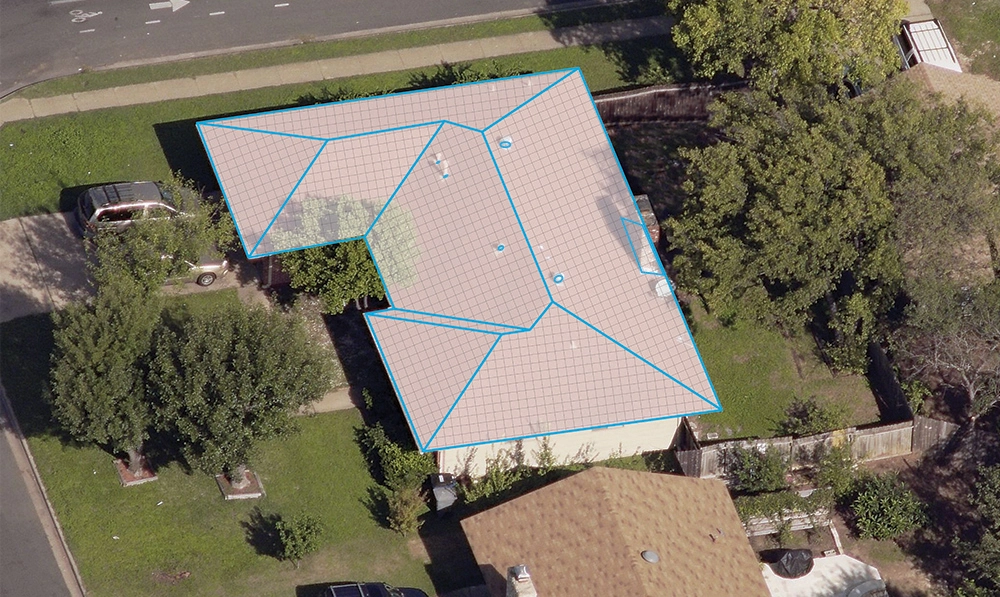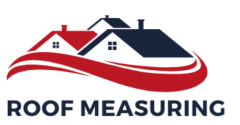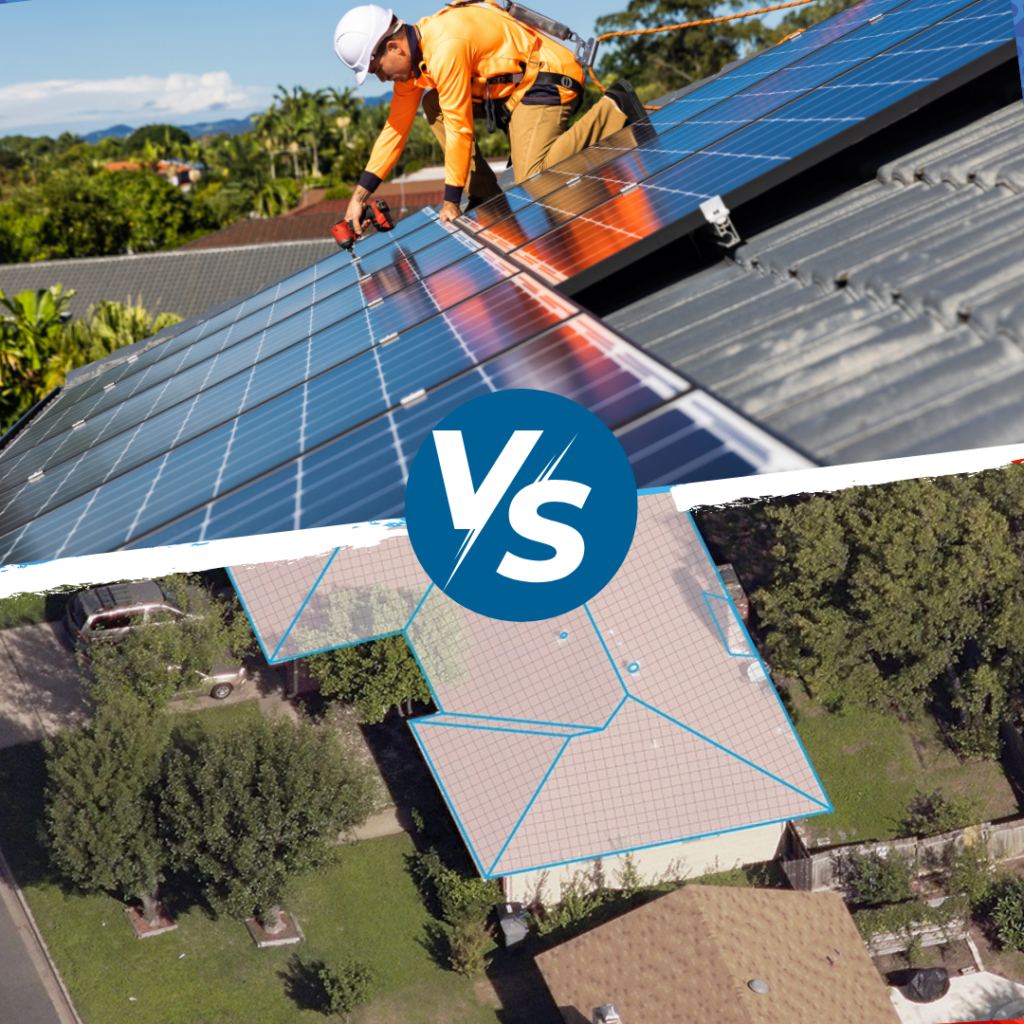When it comes to accurately measuring the roof of your property, selecting the best method can significantly impact both the outcome and the overall cost of your project. With the advent of modern technology, satellite roof measurement has emerged as a innovative option compared to traditional measurement methods.

Understanding Satellite Roof Measurement
Satellite roof measurement utilizes cutting-edge satellite imagery and aerial data to assess the dimensions and structure of your roof. This method involves the use of high-resolution satellite images that capture accurate details of the roof from space. These images are processed with specialized software, allowing experts to calculate the dimensions, slope, and layout of your roof without ever stepping foot on the property.
Key Benefits of Satellite Roof Measurement
Accuracy: Satellite roof measurement is highly precise, utilizing state-of-the-art software that calculates the exact measurements with a high level of accuracy. The technology accounts for the pitch of the roof, edges, and even complex roof features that might be difficult to measure by hand.
Time Efficiency: Since satellite roof measurement doesn’t require a technician to physically visit the site, it is a much faster process than traditional methods. This makes it an ideal choice for individuals and contractors working under tight timelines
Safety: With no need for ladder climbs or physical access to the roof, satellite roof measurement is a safer alternative, minimizing the risk of accidents that often occur during manual measurement procedures.
Cost-Effective: Given the reduced time spent on-site and the elimination of manual labor, satellite roof measurement is often more affordable than traditional methods.
Remote Access: Satellite measurements can be obtained without needing to schedule a physical inspection, making it a convenient option for customers located in remote areas or those with limited access to roofing experts.
Traditional Roof Measurement:
Time-Consuming: Traditional roof measurements are inherently slower since they require a physical visit to the property. This can result in longer wait times, especially for larger roofs or complex projects.
Safety Risks: Roof measurements often require technicians to climb ladders and work at height, which presents a risk of accidents. While safety protocols are in place, the physical nature of traditional methods inherently carries more risk than satellite-based alternatives.
Higher Cost: Due to the labor-intensive nature of the process, traditional roof measurements tend to be more expensive compared to satellite methods. Additionally, the need for specialized equipment, such as ladders and safety gear, adds to the cost.
Weather-Dependent: Traditional measurements are subject to delays if bad weather conditions prevent the technician from safely accessing the roof. This can result in extended project timelines.
Conclusion
In conclusion, the evolution of technology has made satellite roof measurement a valuable alternative to traditional roof measurement techniques.If you prioritize speed, cost-effectiveness, and convenience, satellite measurements are the way to go. However, if your roof has complex features or requires a thorough inspection, traditional methods may still be the best option.


